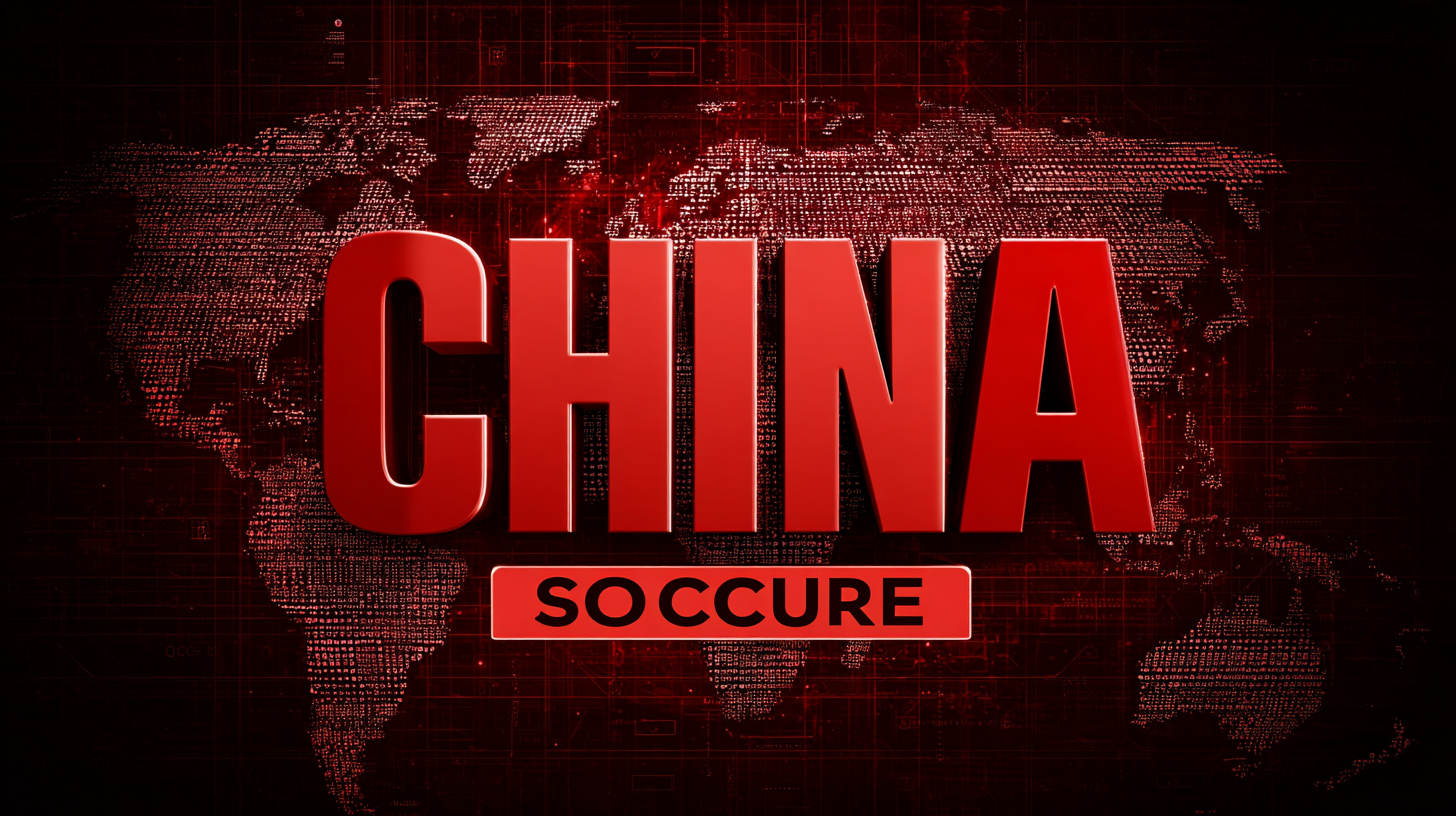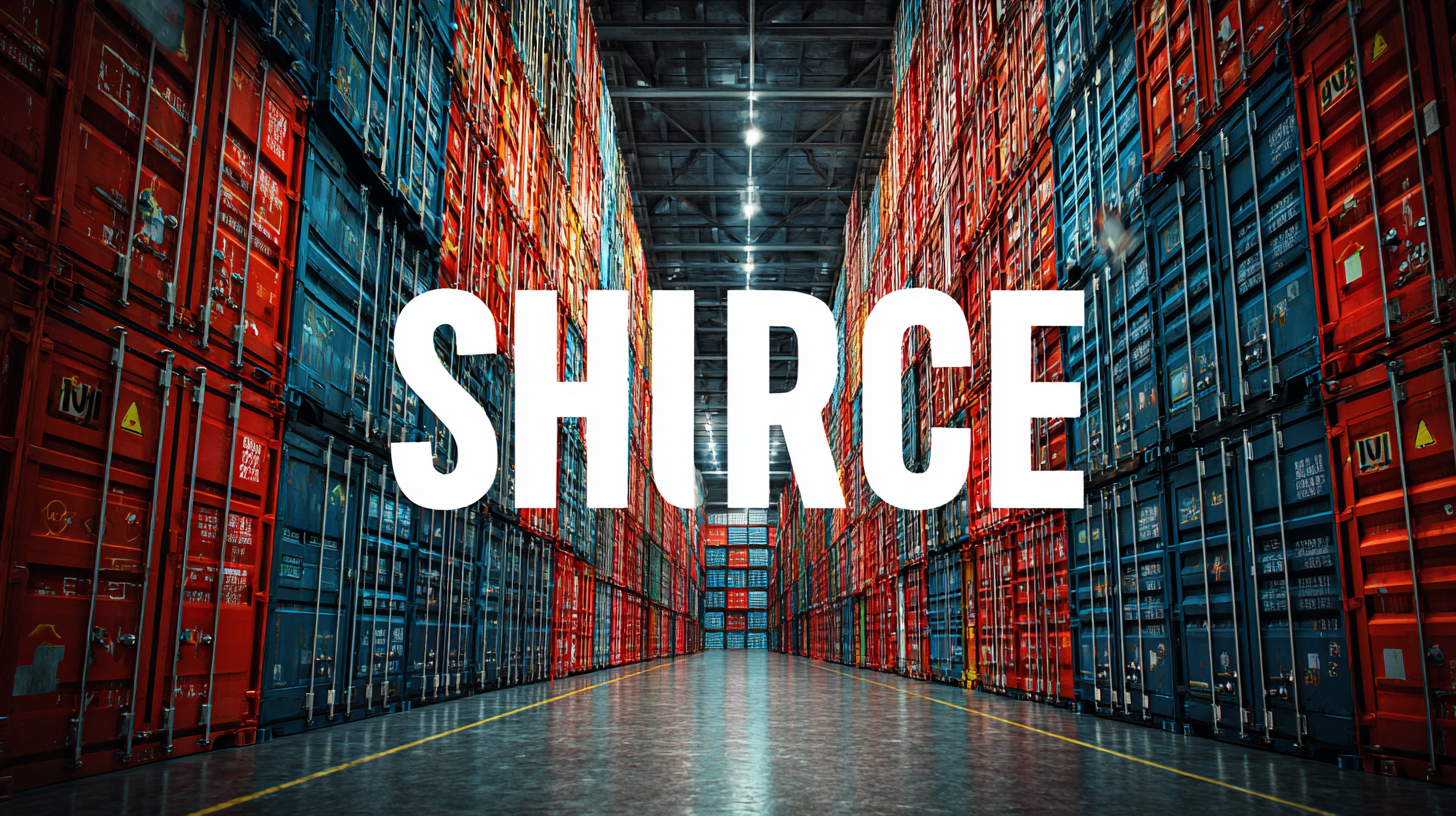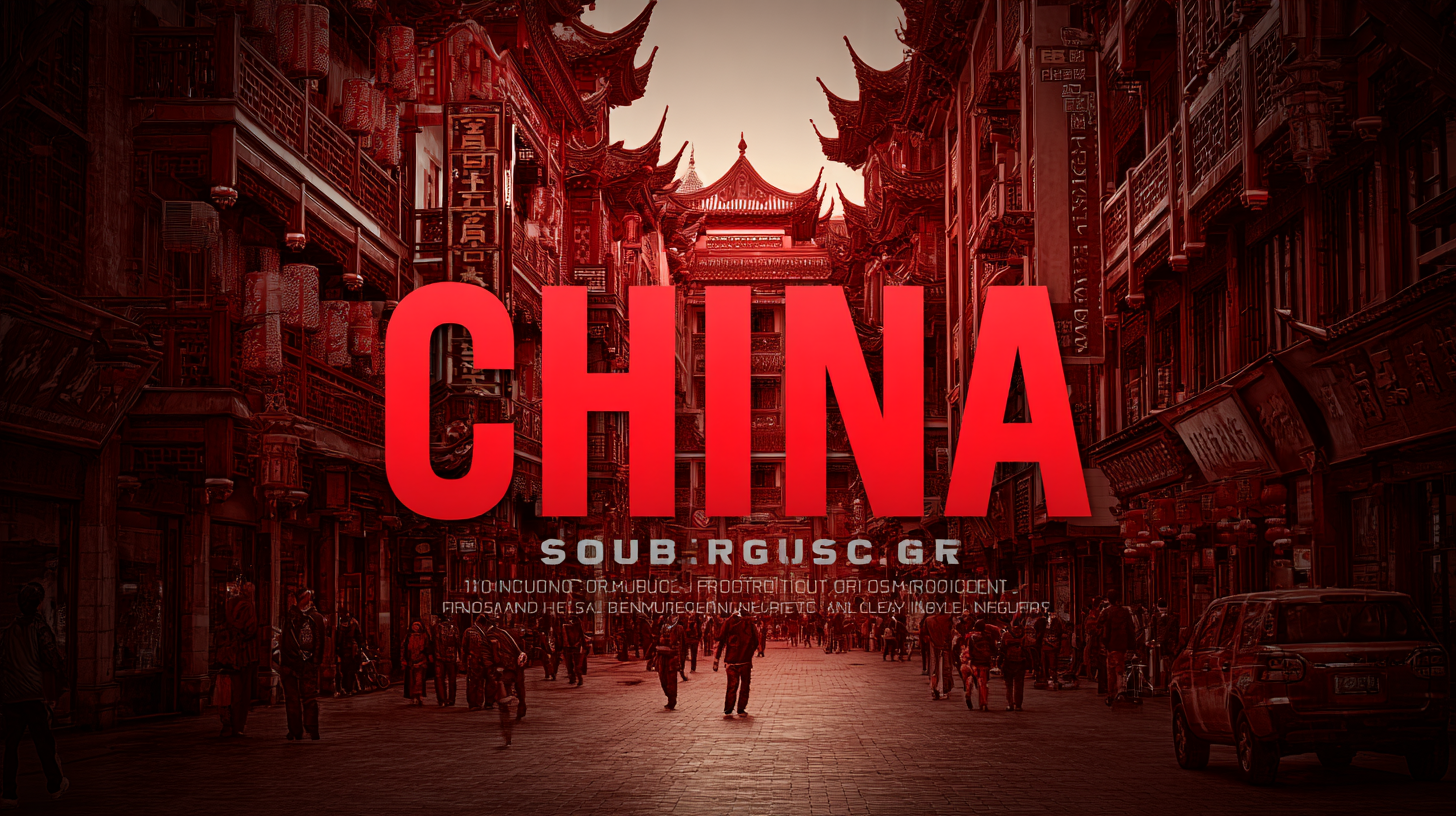
How to Source the Best China Products: A Comprehensive Guide for Global Buyers
In today's interconnected global market, sourcing quality products from China has become a critical strategy for businesses aiming to maximize profitability and remain competitive. According to the China National Bureau of Statistics, the country maintains its position as the world's largest manufacturing hub, accounting for over 28% of global manufacturing output in 2021. Additionally, a report by McKinsey & Company highlights that 65% of global retailers consider China as their primary source for sourcing products due to its vast supply chains and competitive pricing. However, navigating this complex landscape can be challenging, with concerns about quality assurance, legal compliance, and supplier reliability. This comprehensive guide aims to equip global buyers with effective strategies to source the best products from China, ensuring they take full advantage of the opportunities presented by this manufacturing powerhouse while minimizing potential risks.

Understanding Import and Export Certifications in China
When sourcing products from China, understanding import and export certifications is pivotal for global buyers. These certifications not only ensure compliance with safety standards but also affect the overall quality and reliability of products. According to a report by the International Trade Centre, about 70% of issues related to product quality stem from inadequate understanding of certification requirements. This underscores the importance of knowing which certifications your products need to meet before making any purchases.
Tip: Research the specific certifications required for your product category. For instance, electronic products generally need certifications such as CCC (China Compulsory Certification) or CE (European Conformity), depending on the target market. Engaging with experienced importers can streamline this process and reduce the likelihood of costly compliance errors.
Additionally, familiarize yourself with the Chinese regulatory landscape. The General Administration of Quality Supervision, Inspection and Quarantine (AQSIQ) plays a critical role in setting the standards that govern imports and exports. A survey by Deloitte indicates that businesses that stay updated with these regulations reduce their compliance risks by 40%.
Tip: Schedule regular updates or training sessions with your sourcing team to keep abreast of any changes in certification requirements and legal standards in China. This proactive approach ensures a smoother import process and protects your investment in sourcing high-quality products.

Identifying Reliable Suppliers: Essential Tips and Tools
When sourcing products from China, identifying reliable suppliers is crucial for success. One of the first steps is to conduct thorough research on potential suppliers. Utilize platforms like Alibaba and Global Sources, where you can find verified suppliers with positive ratings. Look for suppliers with Trade Assurance and Gold Supplier status, as these indicators often suggest a higher level of reliability. Additionally, consider checking independent review sites and forums to gather feedback from other buyers about their experiences with specific suppliers.
To further ensure you are partnering with trustworthy suppliers, consider requesting samples before placing large orders. This allows you to assess the product quality firsthand, which can prevent costly mistakes down the road. Furthermore, maintaining clear communication is vital. Ask suppliers detailed questions about their manufacturing processes, quality control measures, and shipping times.
Tools such as video conferencing can facilitate real-time discussions, helping you gauge the supplier's responsiveness and professionalism. Building a good relationship with your supplier from the outset can also open doors for better negotiations and adaptability in future transactions.
Evaluating Product Quality and Safety Standards
When sourcing products from China, evaluating product quality and safety standards is paramount for global buyers. In today's interconnected marketplace, understanding safety protocols becomes even more crucial. This involves scrutinizing various safety regulations and checking whether manufacturers adhere to local and international standards. Businesses must implement comprehensive quality assurance processes to ensure that their products meet safety benchmarks, ultimately protecting consumers from harmful goods.

Furthermore, it is essential for global buyers to prioritize sustainable sourcing practices. Implementing environmental and social responsibility in supply chains not only enhances the integrity of products but also contributes positively to the global community. An effective risk management strategy includes assessing the environmental impact of sourcing decisions and ensuring compliance with safety norms. As consumer awareness rises, brands that commit to transparency and rigorous safety evaluations will likely gain trust and foster long-term relationships with their customers.
Navigating Trade Regulations and Compliance for Global Buyers
Navigating international trade regulations can be daunting for global buyers sourcing products from China. Compliance with regulations such as tariffs, customs duties, and import/export restrictions is crucial to avoid costly penalties. According to a report by the World Trade Organization, about 60% of global traders face challenges in regulatory compliance, which highlights the importance of understanding the legal landscape. For buyers, being well-versed in the Harmonized System (HS) codes can facilitate smoother customs processes and help in anticipating tariffs.
Tip: Always stay updated on trade policies affecting your industry through government resources or trade associations. Regularly checking for changes in tariff classifications can save you both time and money.
Additionally, ensuring compliance with product safety standards is paramount. The International Organization for Standardization (ISO) reports that nearly 30% of imported goods fail to meet safety requirements, leading to recalls and financial losses. Buyers should verify that their suppliers adhere to both Chinese and importing country regulations, as this can substantially mitigate risks.
Tip: Engage third-party auditing services to conduct factory inspections and ensure compliance with safety and environmental standards. Maintaining open communication with your suppliers will also foster transparency and efficiency in addressing compliance issues.
Top Sourced Products from China (2023)
Building Effective Communication with Chinese Manufacturers
Effective communication with Chinese manufacturers is paramount for global buyers seeking to source the best products. According to a report by Deloitte, about 70% of supply chain issues arise from communication gaps between buyers and manufacturers. This statistic emphasizes the importance of building strong relationships not just for securing quality products, but also for facilitating smoother transactions and timely deliveries.
When initiating contact with Chinese manufacturers, clarity is essential. Providing detailed specifications, including measurements, materials, and any necessary certifications, helps to reduce misunderstandings. A study by McKinsey indicates that companies that invest in clear communication protocols have a 30% higher success rate in achieving their sourcing goals. Moreover, leveraging technology, such as instant messaging and video conferencing, can enhance interpersonal connections, making it easier to discuss intricate details and foster trust.
Buyers should also consider cultural nuances; for instance, understanding the importance of 'Guanxi' (relationships) can significantly impact negotiation outcomes. By prioritizing effective communication, global buyers can navigate the complexities of sourcing from China, ultimately leading to more successful partnerships and superior product acquisition.
